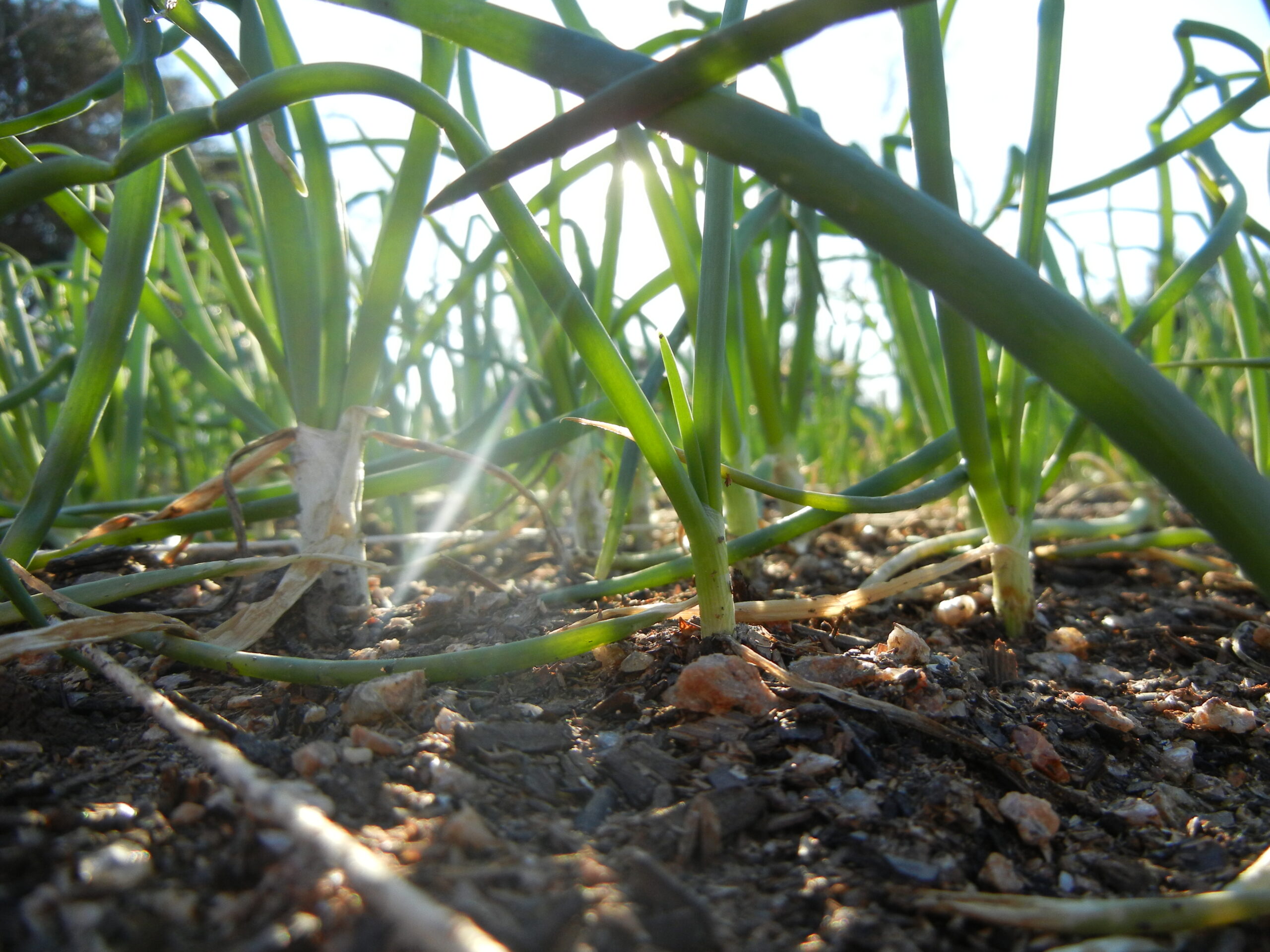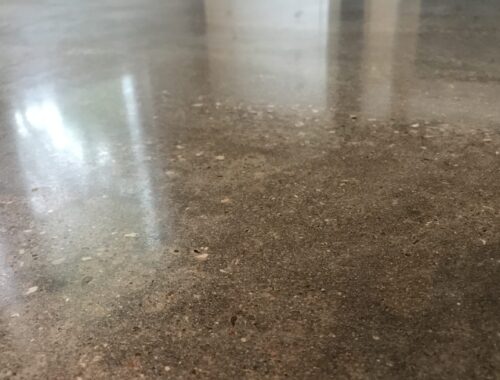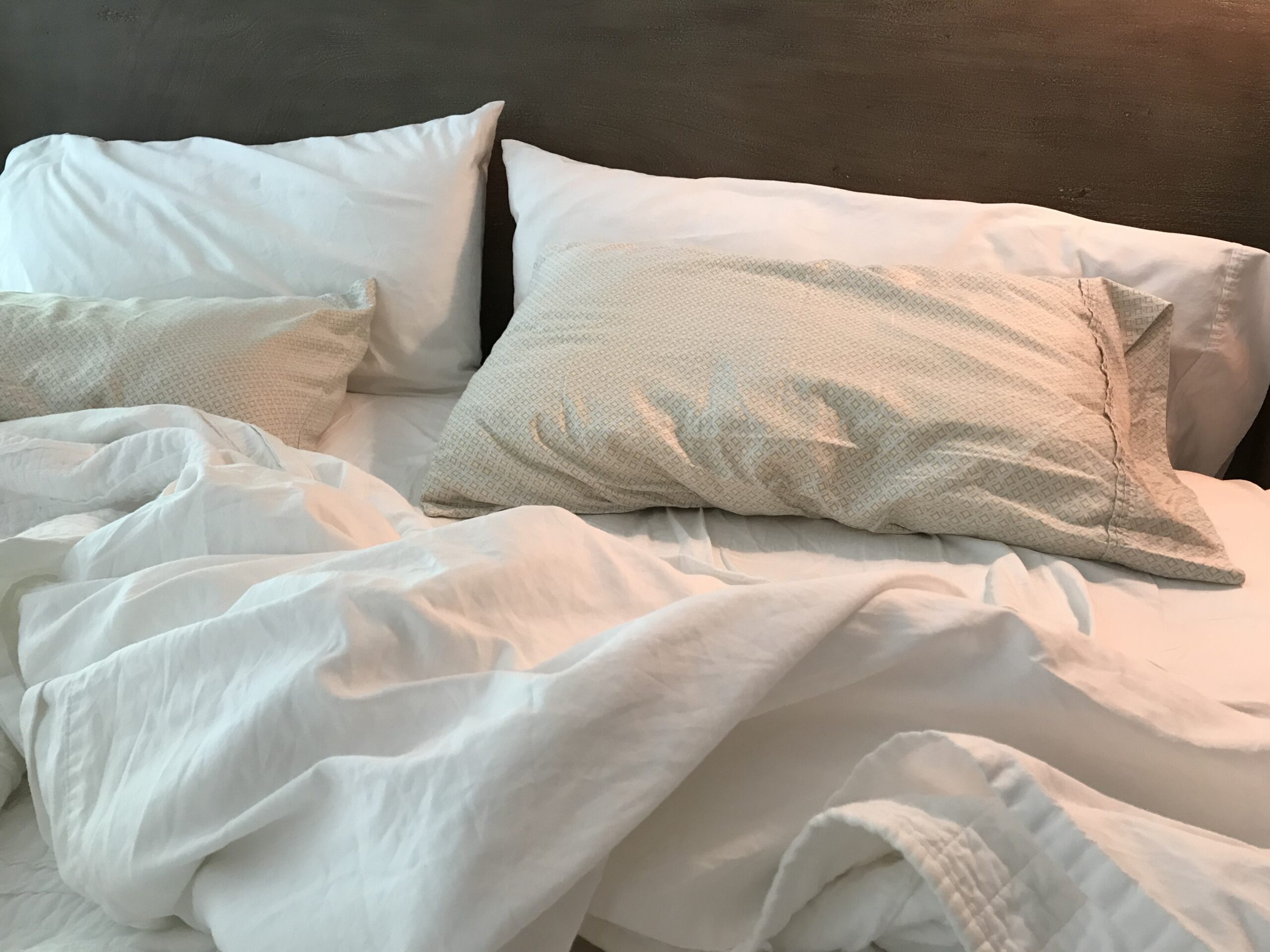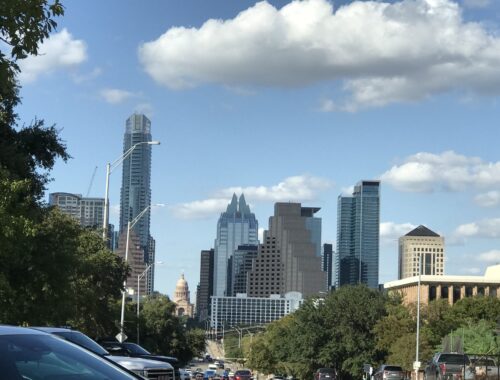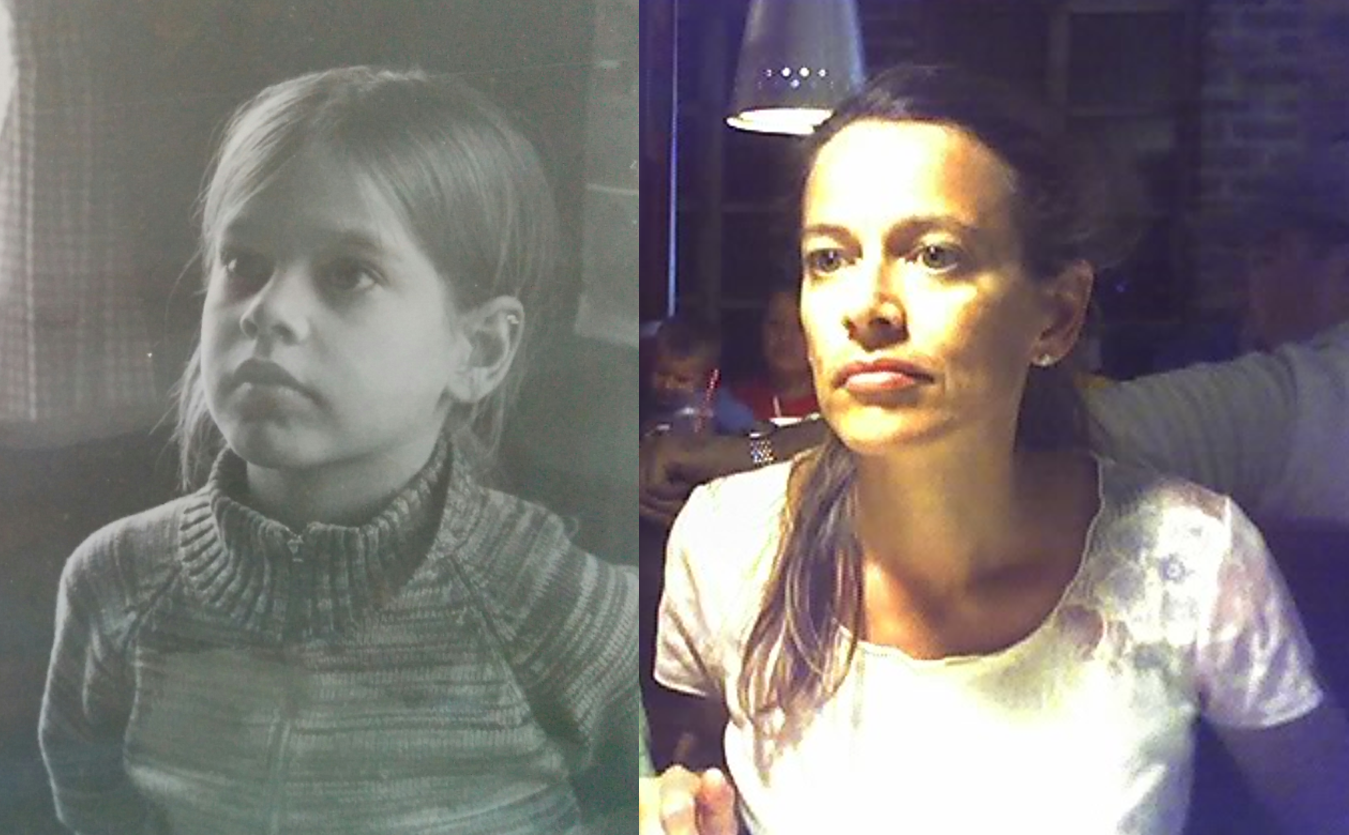
Reflections
The first time I remember looking at myself in a mirror was when I was twelve years old, after returning home from a weeklong rustic girls’ camp in the middle of the southeastern Alaskan wilderness near my home. The camp had just two sources of running water: one in the kitchen of the multi-purpose building on the site, and the other from a single outdoor spigot that fed a pipe with a row of holes drilled into it that streamed weakly into a long, V-shaped wooden trough. The trough didn’t actually capture the water into a useful pool; it just prevented the water from splattering directly into the mud at our feet. We brushed our teeth there. We tried to collect enough water in our hands to splash onto our faces. Washing our hair—unless we wanted to freeze our scalps in the salty ocean—was out of the question. To further assist our hygiene needs, there were a series of wooden outhouses (most with one plywood cut-out seat; a few, mysteriously, with two) outside our scattering of non-electrified, four-bunk cabins. As evidence of the nutritional source of the primary flora at the camp—ferns, mosses, and cedars—it was overcast or raining most of the time, so the puddles around which we navigated were not reflective surfaces, and the tidal waters at the edge of the beach, in their moody gray, didn’t offer glances back, either. At the end of the week, I stood in my family’s one bathroom (for the eight of us), staring into the mirror at my grubby face, wondering who that girl was looking back, that sturdy girl who had hiked miles into the woods around the camp, foraged edibles there, built fires from wet wood, and cooked meals in the coals.
When did I start looking longer into mirrors? (Probably some point after I was sharing one single-sink bathroom with my five younger siblings and my parents?) And when did I start looking so critically at my face, through the decades-long process of adolescent acne, adult feature formation, temporary pregnancy melasma, thirty-something bonus acne (far more inflamed and expansive than the first time), permanent forty-something melasma, and now all the etchings and softening of a 50s face?
But this is what I’ve decided: I am, simultaneously, as old as I’ve ever been and younger than I’ll ever be again. I can look at my face from the perspective of the ages I once was (perhaps bemoaning the loss of smooth fleshiness), or I can consider my face from the perspective of the ages I may—by the grace of God—become. The tricky thing about this, of course, is that I’ve already seen the ages I’ve been (even if my sight was filtered through my own prejudicial and ungrateful eyes), whereas the ages I will grow into—and the marks they will make—remain somewhat a mystery. I can see my face as a map of my life: Look at that old scar reappear as I lose the plumpness of youth—remember when I was clipped by that metal swing?! (Any closer to my left eye, and I would have been blinded there.) Look at where the glorious and welcome sunshine landed, over and over! Look at the evidence of all the smiles, all the concerns, all there to witness this gift of these years! My body and my face will continue to shrink even as my life grows more full of beloveds and experiences and understanding, until when I’m in my early 100s—God willing—I’ll look like one of those dolls we crafted in elementary school in the late 1970s, the dolls with the dried-apple faces, the flesh shrunken around their sparkling pin eyes, wizened under their sparse yarn hair. I’m so young compared to her! There’s still so much to learn, to become, to do—all away from the mirror.
